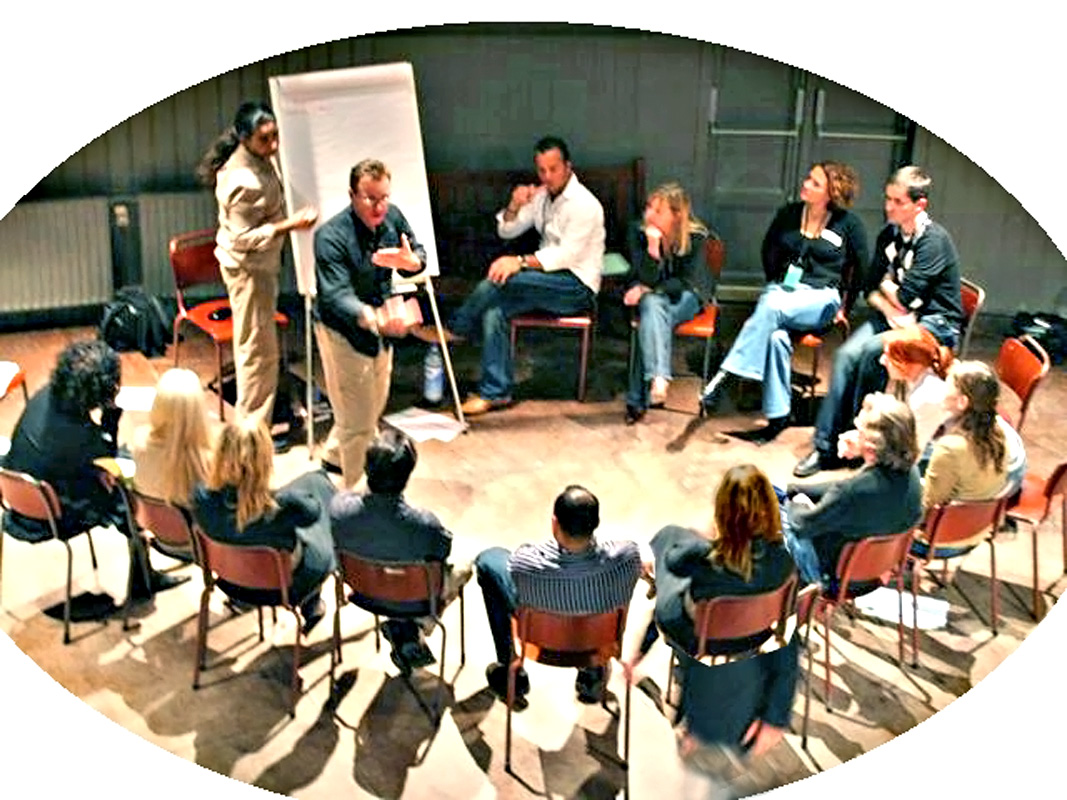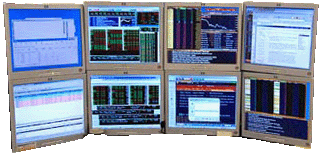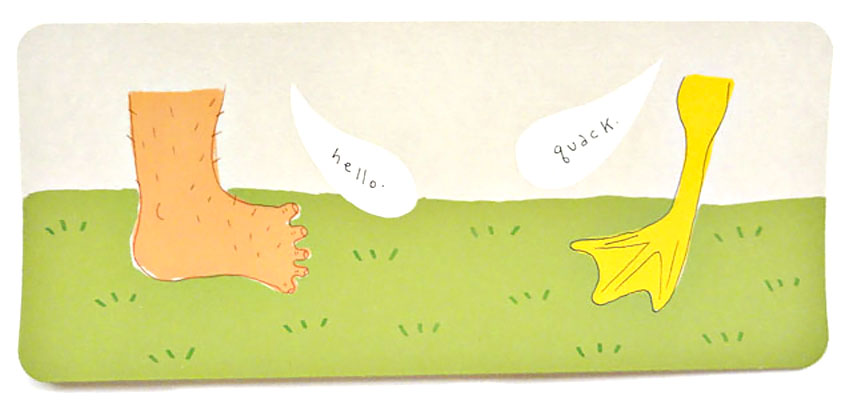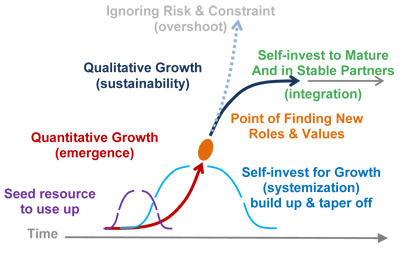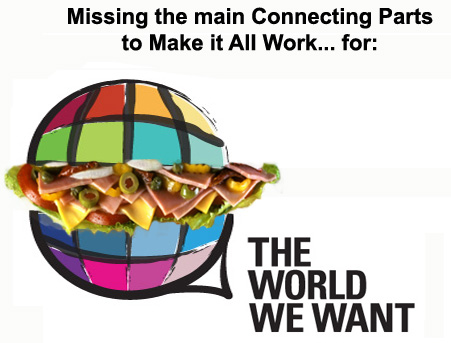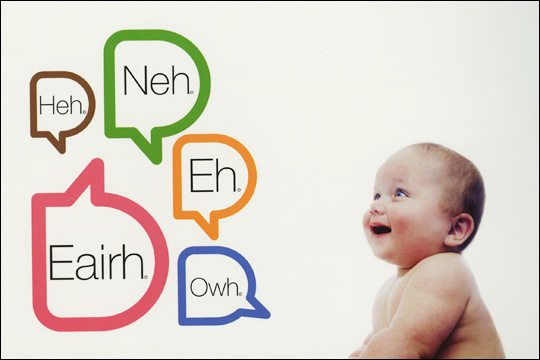How Natural Systems Work… is by forming processes that produce a profit, used to grow it, in a burst of creative self-organization, to become sustainable ONLY IF the profits that built it get used to maintain what was built; the essential road map.
That general model of nature’s “facts of life” is your “quick start”. Following is a foreword and then a compact introduction to a scientific method. Anyone can observe the details of how developmental systems work by just learning to study the development of individual systems in nature. You start with learning how to identify natural “living systems” as what fills our environments from watching how they develop. Then you can recognize them as cells of organization that produce resources for their own development. Easier reading descriptions are found in:
“In a Nut Shell“ and Why ?¸¸.·´ ¯ `·.¸¸ The scientific method
How Natural Systems Fail… A growth system that can’t change to maintaining itself after building itself, becomes disabled. As for our modern world economy, at the limits of the earth, keeps devoting more and more effort to expanding, it drains resources from maintaining itself. What’s wrong is the essential road map for sustainability is missing. It is absent from our great cultural conversations, absent from the models of the professions and groups trying to stabilize the economy or seek “sustainability”.
_______________________________________________
An Organizational Stages Model (OSM)
– the science –
Foreword: Understanding natural systems involves learning how to first recognize them as individually developing systems, and then discover some of the hidden organization within them. You can find them where you see events have “lives of their own”. The real learning is a “learning by doing” process, as the key is discovering how to define your words by referring to self-defining objects of the natural world, not defining words with other words or use abstract models.
Abstract languages are “self-referential” and what a science of natural systems needs is words defined by nature. To understand system models, then, you then need to consider them as questions about the real world subjects that are NOT in the model… but referred to by the words associated with the natural subject, a new way of scientific thinking.
Most any history of events will have periods of accumulating change that speed up and then slow down. That becomes the main subject, the key that unlocks the basket of productive questions about “what’s happening”. It’s the question that identifies a systematic process of change as a sign of a developmental process and evidence of a self-organizing system doing it.
When some local system of change is “taking off” or later “fading away”, you notice where it and begin piecing together what is doing it, by watching for regularly changing rates of change. It could be anything from the history of your own career choices, to the stages of organization for “the big prom”, the founding of your own business or the dramatic global shifts in economies and societies that “history” is itself a record of.
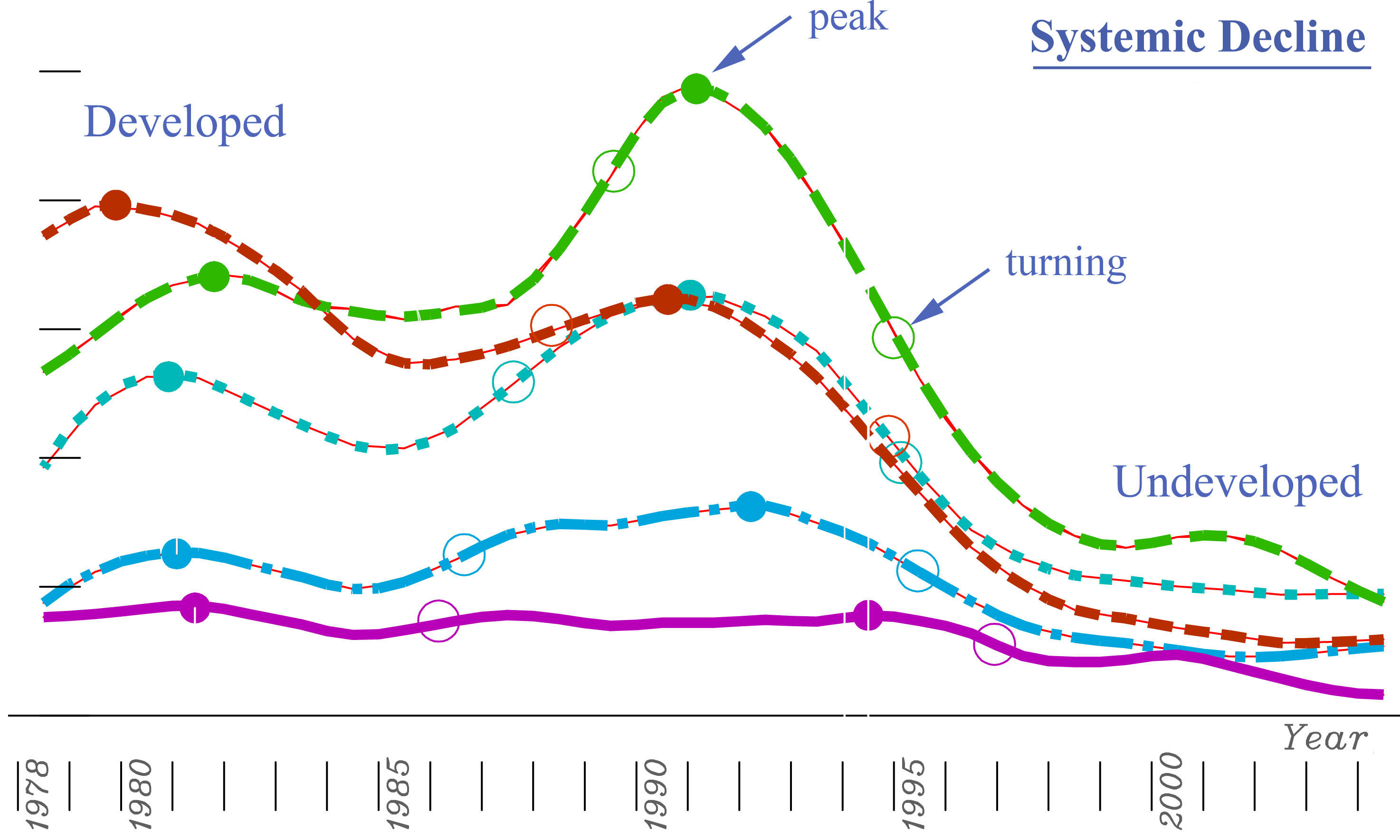
[This is a sample graph showing a real systemic transformation. Only the data is shown to focus your attention on the changing rates of change](i)
It definitely helps to have some kind of “data” to indicate when locally developing changes are speeding up or slowing down, and notice the turning point from one to the other. The different periods of behavior display different states of organization, and are used for “building a narrative ” for how one transitions into the next. The traditional scientific. For systems with hidden organization, it’s the continuity of change that is the direct evidence, of organization you can’t actually see, but can expect to find if you look there for it.
Continue reading Finding Organization in Natural Systems – “Quick Start”

